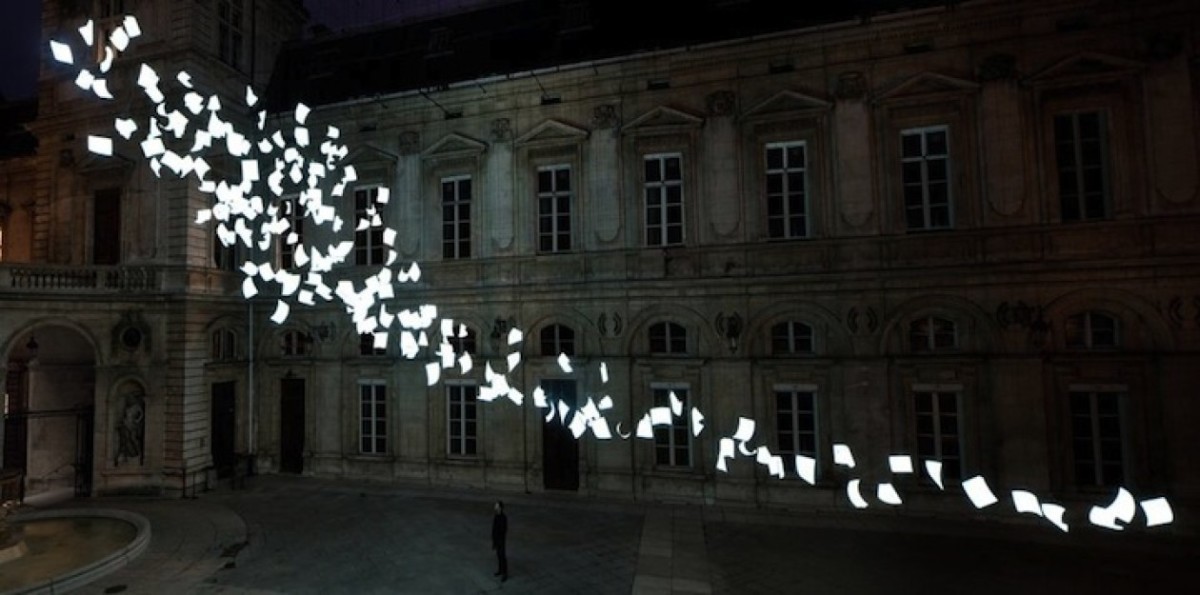Idea #2: The Summative Reflection
These few posts focus on how to bring the school year to a close in a meaningful and interesting way that also, most importantly, deepens the learning. The first post explored using the form of the Cento Poem to push students back into their work over the year and to remix it in a creative way. Go here to see how to make that happen in your classroom. In this post, I open up the idea of having students do a summative reflection at the end of the year to remind themselves of what they did, highlight particular strengths in that work, analyze areas for growth, and plan for what they would like to do next.
The summative reflection that I am going to share with you is connected to a portfolio, but it doesn’t have to be. The key is to identify questions that you want your students to address that give them the chance to do the following:
- Take stock of what they have done over the year. Often times, learning is designed in such a way that it is easy to forget. Quizzes and tests are taken and then thrown away. Books are read and not revisited. Notes are taken, put to use once, and then not used again. The summative reflection gives students the chance to go back through that work, whether it is for the year, the semester, or the quarter and remind themselves of what they have done. This is an essential first step in reflecting on one’s work.
- Identify work that they think is particularly strong. Students need to develop the ability to think critically about their own work and to recognize when they have done something well and why. Chances are, if they can do that, they will repeat the kind of work over time.
- Think about what they could do differently. It isn’t enough just to praise oneself for particularly strong work. Students also need to be able to be honest with themselves and point out particular work or a skill that could be improved. They then need space to think in writing about that and come up with a plan for how to improve.
- Project forward. Learning should not happen in prescribed time allotments. Learning should also not happen in siloed classes. Real, enduring learning is connected across time, across classes, across subjects. Students need a space at the end of the year to be able to write about what they want to do next with what they have learned. This summative reflection helps them do that.
Click the image to see the Summative Reflection
Ideally, a shorter, targeted form of this kind of reflection would be happening throughout the year so that students would be skilled in this metacognitive practice. If you are interested in that, click here to see my form of a weekly audit. But, even if that isn’t happening, the end of the year reflection is worth doing. To set it up, the last week of your classes, introduce the idea to your students. Take the template I have provided, manipulate it to fit your context, and hand it out. Give them the week to do it. Encourage them to take their time. Have this be the last piece of work that they do for the year.
I have my students send it to me electronically. It is a lot of emails, but I can respond more quickly. Plus, I want to make sure that they get it back. In terms of feedback, I approach it like a conversation. I either track changes or use the comment tab to ask questions, highlight really interesting things, connect them to resources, and encourage them to make something happen. I have my coach’s hat on when I do this. The feedback is always constructive and encouraging. When it comes to grading these, I normally do not grade them. I tell them that this final piece of work is more important than a grade. Teachers often question whether students will turn it in if there isn’t a grade. When I have established a culture of reflecting over time in this way, and my students are receiving regular feedback from me, it is very rare that a student does not turn it in. Even if you have not been having your students reflect on their work over the year, I think you will be surprised by the number of students who will turn it in even if it is not graded. But, if you want to grade it, I would tell the students that they receive an A for this assignment if they turn it in. If they don’t, they fail the assignment. Enough said.
This summative reflection is not only important for students, it is also important for you, the teacher. It provides a great window into the year, the semester, or the unit, depending on how you frame it. You will get ideas for how you might design next year. And, maybe most importantly, they are going to make you feel good about yourself and about your teaching. I can’t emphasize this enough. Teaching is tough, challenging work. It is crucial to design some kind of vehicle in your class to receive positive feedback. Without joy, we don’t have the energy to overcome the challenges.


End of Year Letter Writing
November 12, 2014 at 11:14 pm
[…] to resee it and remember it. In the second post, I explored the idea of designing an end of year reflection that plunges students back into their work from the year and encourages them to critically think […]